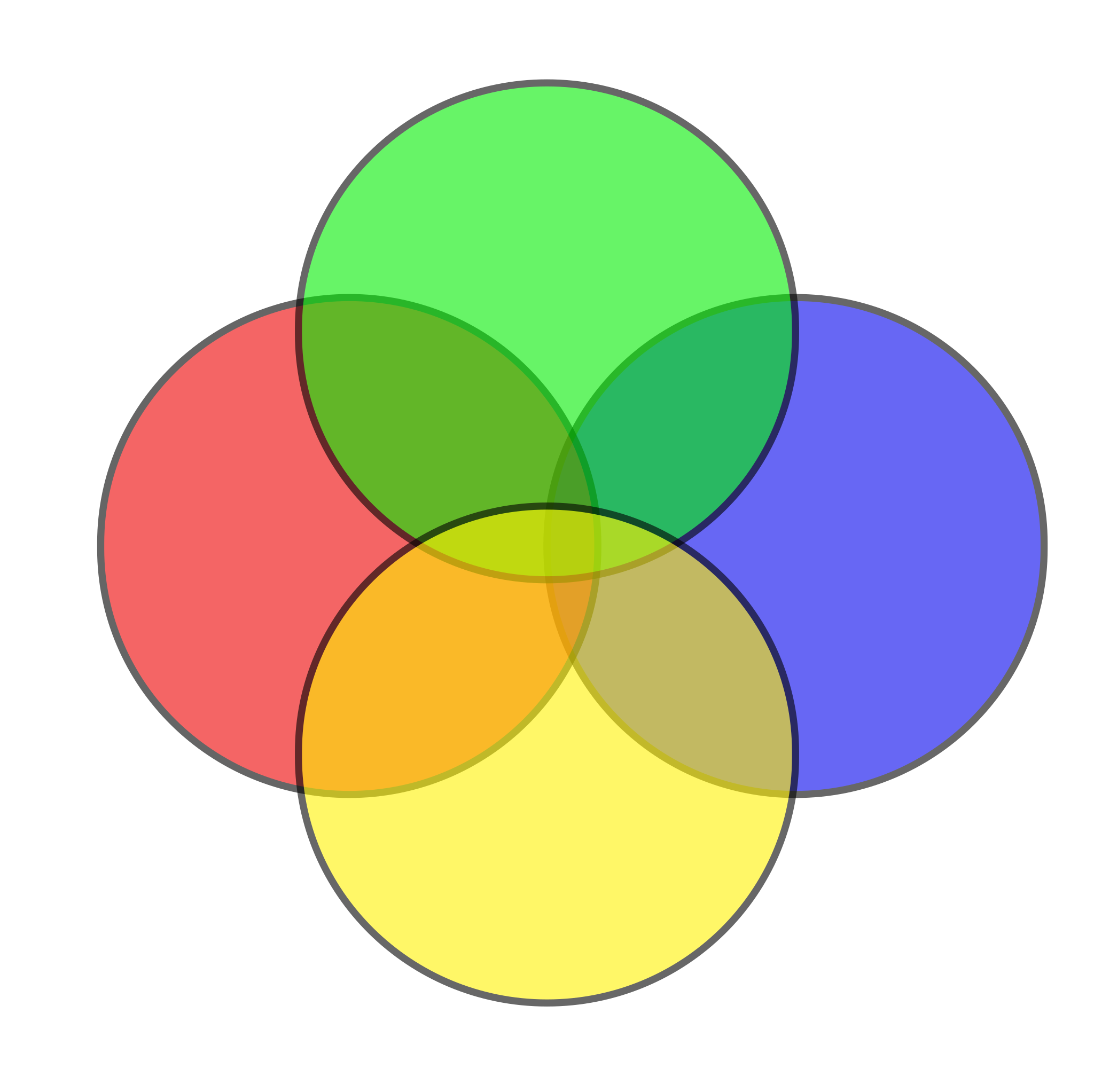If you know me, you know I am a student of breathing. Some find it funny when I say that, but as a speaker, facilitator, musician (trumpet), Karate instructor, and mindfulness practitioner, I fully understand the power of the breath.
Many may wonder why we need to worry about breathing at all; about learning how to breathe 'better'. After all, everyone breathes all the time. Everyone does it all their life. In fact, if you don't do it, you will find yourself in big trouble, but it is possible to breathe better. To breathe so we use more of our lung capacity and really tap into the power of the breath. It is possible to learn how to breathe better however, this article is not so much about teaching you how to breathe better – we'll save that for another article. But interestingly, we can use the breath to help us better understand our worldview – to understand if you might be a systems thinker.
I believe we can all benefit by becoming systems thinkers and to start your own journey to becoming a systems thinker, you will want to start thinking of the world as made up of systems within systems within systems. My goal here is to provide you with a real-life example as to what that might look like. I am asked for real-life examples of systems thinking all the time. I believe investigating the breath can help with that.
In my experience, many individuals think systems thinking is (just) about taking a holistic view – to see the forest instead of the trees. I would suggest that’s only the beginning. There’s much more to systems thinking then just seeing the forest. However, what I see all too often is people doing just that. They try to apply systems thinking by seeing the forest instead of the trees, rather than becoming systems thinkers by adopting a worldview that knows the trees and the forest are one, and that the forest cannot be explained by studying the trees individually.
If there is any doubt, I will confirm, I am a systems thinker. I do not see the world as a machine – I see the world as comprised of systems within systems within systems. Complex eco-systems where interdependent parts coexist with each part continually affecting the other. Complex systems learn, are non-linear, and dynamic where small changes can lead to big results. Complex systems have boundaries and are usually represented by circles, like the image below.

So, how does the breath fit into all of this? As a systems thinker, you see the human body as an excellent example of a complex ecosystem. Systems such as the nervous system, the circulatory system, and the respiratory system (and more) make up the human body which is a system itself. So, if our breathing is part of the respiratory system – and thinking of the circles above – we might expect the breath would be viewed as circular. This rings true for me. I see the breath as a continuous circular motion, breathing in and breathing out, in a continuous, smooth, cycle.
However, I have seen many times, people promoting the concept of "Box Breathing" where they represent an approach to breathing as a box. They take what is arguably a circle and make it a box. To me, representing the breath as a box is the wrong approach. I see the breath as a continuous circular cycle, not a linear go in one direction and then turn around and go in the opposite direction phenomenon.
Box breathing is taught as "in for 4, hold for 4, out for 4, hold for 4" where the count can vary depending on your own needs, wants, and abilities. I have even read in various places that the US Navy Seals promote box breathing to help a Seal manage how they do their job. I know, who am I to argue with the US Navy, but I would like to suggest some, what I would call better, ways to approach breathing. I wouldn't want anyone to misunderstand my point. I fully agree with the concept of managing the breath this way i.e., managing the in and out of the breath, but I would suggest the breath is better represented as a circle instead of a box. When was the last time you saw a square hurricane on a weather map?
I suggest we round out the corners of the box to appreciate the continuous cycle of breathing more closely. As well, I suggest using the word suspend instead of using the word hold. This is an instance of where words really do matter. Holding tends to promote a 'lock-down' kind of approach that is counter-productive to the breathing cycle. We want to promote a continuous cycle that does not involve a lock-down so suspending the breath more strongly promotes that concept.
Suspending is neither breathing in, nor breathing out, it is simply suspending the cycle for the appropriate count. I think this rounds out the corners nicely. So, we end up with an "in for 4, suspend for 4, out for 4, suspend for 4" which is a smoother, more cyclical way to breathe. This also promotes a continuous circle-like approach to the breath rather than a stop-start box-like approach. The box concept leads to an image of breathing where the breath is; in for 4, stopped and locked down for 4, reverse to breathe out for 4, and then once again stopped and locked down for 4. That seems quite unnatural and counter to the way people normally breathe. However, a circle concept leads to thinking of breathing as a smooth, fluid cycle.
Now, if I may, let me connect this all to how the breath can help you visualize thinking in terms of systems. As simple as it may be to suggest "circle breathing" (instead of box breathing), the circle concept goes against the way many see the world. Many see the world as linear and machine-like where a box is a good representation. I see this often. Many see the world as mechanical, where cause and effect are clear and linear – boxlike. However, what happens when I introduce people to systems thinking (circle-like) is many like the idea of systems thinking, but instead of letting systems thinking change the way they see the world, they try to apply systems thinking by simply thinking about the forest within their linear, mechanistic worldview. They see systems thinking as a tool to be applied strategically when they think they need it, but many agree, we need to do more than just apply systems thinking here and there. To do that, I suggest systems thinking should replace their linear view of the world and not just be a tool to be applied in a linear way. I suggest they should let systems thinking take over their lives and a simple way to begin doing that is to see the breath as circular, not as a box.
To bring it all together, seeing breathing as a box strikes me as a (very) linear way to approach the breath – a machine-like, stop/start way to approach the breath instead of the smooth, continuous cycle (system) it really is.
So, let’s apply this example.
Try this. With the image of a circle in mind, breathe in for 4, suspend for 4, breathe out for 4, and suspend for 4. Do this cycle 3 – 5 times in a calm, meditative way (try this everyday!). Picture your breath as a system (the lungs), within a system (the respiratory system), within a system (the body), with all systems interconnected by the smooth continuous circle of your breath as you breathe in and out.
Now you have an example of how to make systems thinking real.

